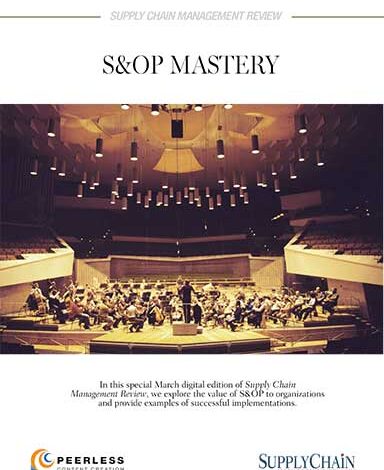
Identifying Critical Red Flags in Supply Chain Management
In this article, we delve into the critical ‘7 Supply Chain Red Flags’ every business should be aware of. Understanding these red flags enables decision-makers to recognize potential issues, know when to react, and determine when it’s best to run. By staying informed, businesses can maintain resilient and efficient supply chains.
Understanding Supply Chain Red Flags
In today’s ever-evolving global market, recognizing supply chain red flags is crucial for businesses aiming to maintain competitive advantage. A red flag in supply chain management can be an early warning sign of potential issues, which, if not addressed promptly, could escalate into major disruptions.
Key Red Flags to Watch For
- Inconsistent Supply Deliveries: Frequent delays or irregular delivery schedules indicate deeper logistical issues.
- Supplier Financial Instability: Signs of financial trouble with key suppliers could threaten the continuity of supply.
- Quality Control Issues: A decline in product quality not only impacts customer satisfaction but indicates possible systemic problems.
When to Recognize, React, or Run
Recognizing a red flag is the first step; knowing how to respond is equally important. Businesses must swiftly react to rectify manageable issues and be prepared to run if a supply chain challenge presents insurmountable risks to operations.
Conclusão
Identifying supply chain red flags early is vital for maintaining operational efficiency and competitiveness. By recognizing when to act or when to pivot away from failing partners, businesses can safeguard their supply chains against disruptions and ensure a seamless flow of goods and services.






